在嵌入式设计中,电源管理和电源效率是相辅相成的,对于确保最终产品的可行性和环保性至关重要。如今,从工业应用到医疗设备和其他关键任务用例,各行各业的大量嵌入式产品都是如此。
实现最佳能效的因素非常复杂,这也是原始设备制造商在努力开发既能满足客户要求又能为环保尽一份力的畅销解决方案时经常会遇到的问题。了解其中的陷阱,并选择一个旨在帮助开发人员设计高能效产品的开发平台是关键问题。
在这篇博文中,我们将介绍需要克服的挑战,以及IoT 系统中的各种电源管理技术、工具和选项。
电源管理与电源效率:关键概念
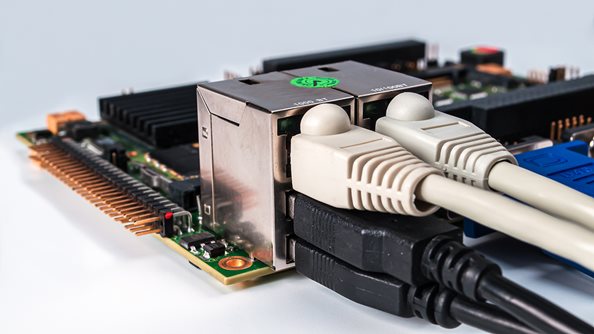
如果您正在为工业、医疗或其他要求苛刻的应用设计产品,那么电源管理和电源效率都是与众不同之处。
下面我们逐一来看看这些概念:
- 电源管理是通过硬件或软件控制系统用电的实际过程。例如,可以主动或自动禁用不使用的系统组件,以达到省电的目的。
- 另一方面,功率效率的正式定义是输出功率与系统总输入功率之比。
使用电源管理
此外,我还想将功率效率的定义扩展为有用功率输出与系统总输入功率的比率。我们可以将IoT 或计算系统中的有用功率输出定义为产品在给定功率预算下所能支持的功能集。例如,这可能包括将显示器、摄像头和其他内部或外部组件连接到系统。
这是任何系统设计和集成的关键参数之一,对于移动或尺寸受限的设备尤为重要。产品开发的一个共同目标是优化电源预算,以支持所需的功能集和/或使用更少的能源来执行相同的任务,消除能源浪费。
换句话说,电源管理是一种提高电源效率的实用方法。
为什么电源效率很重要?
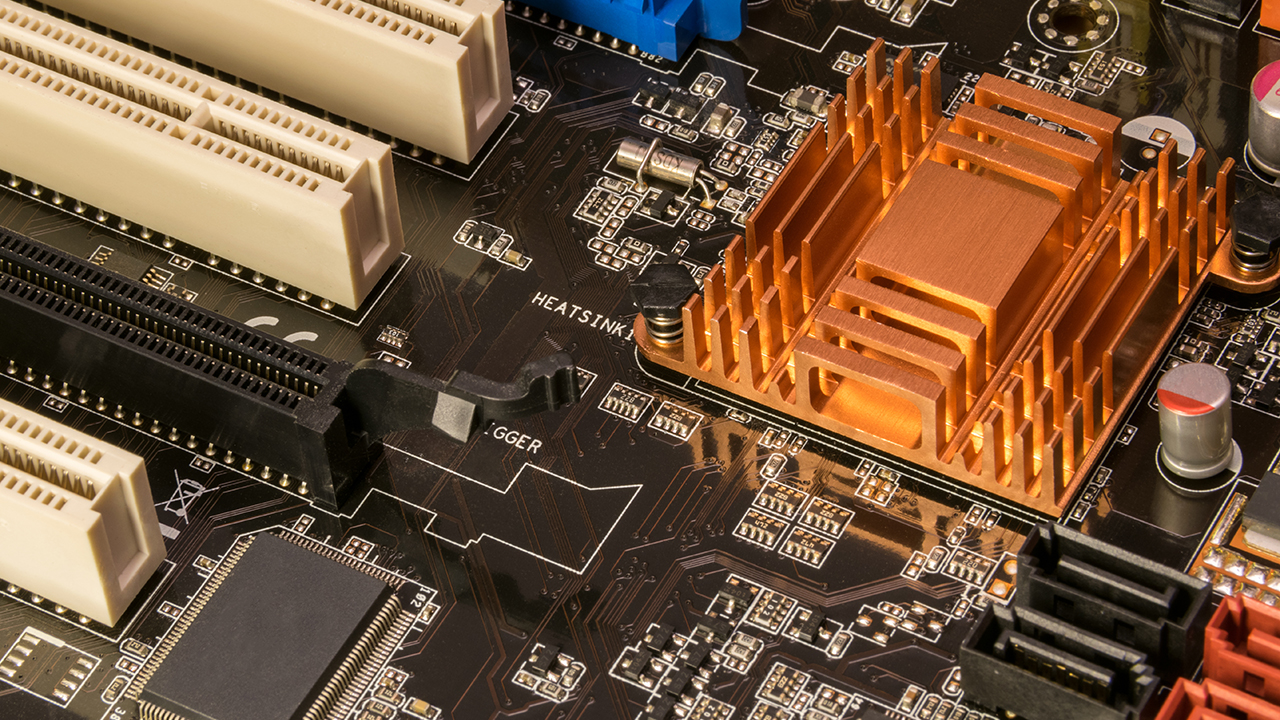
提高能效有一些与特定应用需求无关的重要原因。例如,更有效地利用电能有助于减少温室气体排放,从而降低对环境的影响。由于耗电量较低,它还有助于降低产品的运营成本。
能效应用案例
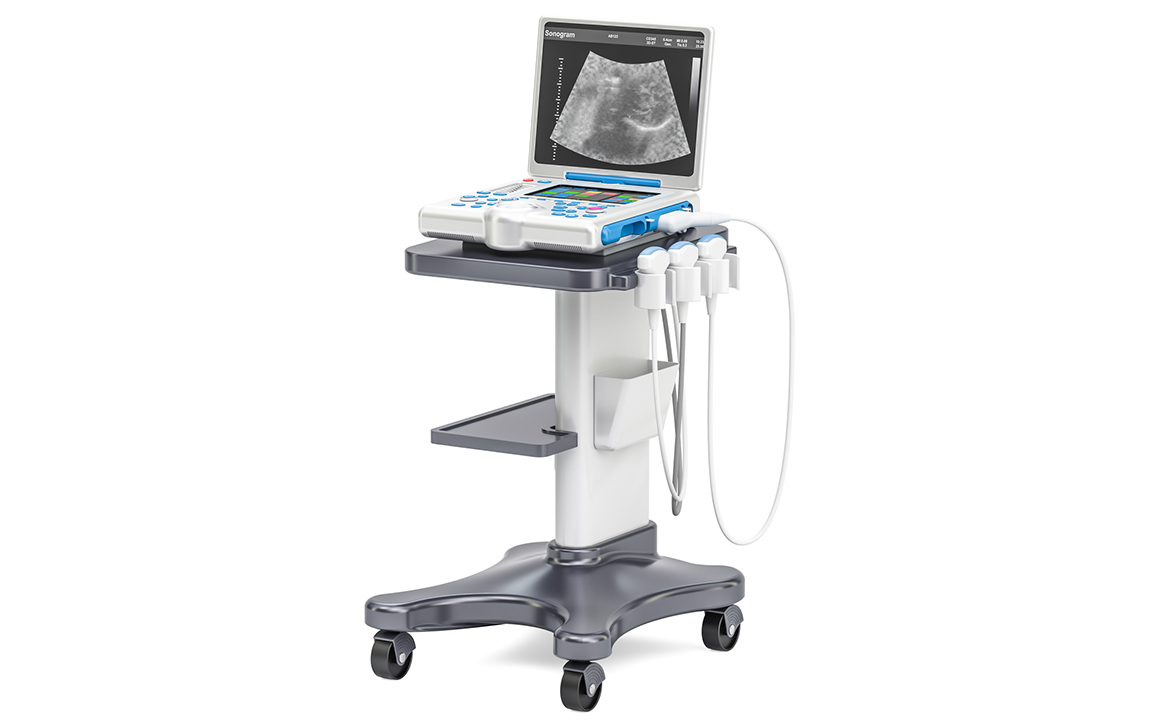
除了降低成本和减少对环境的影响外,许多特定应用还需要提高能效。让我们来看几个例子。
- 在农业灌溉或饲料监测等工业应用中,原始设备制造商可能有固定的功率预算。通过最大限度地提高该系统的效率,可以集成更多的计算能力,并部署额外的功能,但只能在需要时才部署。
- 在医疗或运输应用中,尺寸可能是最大的限制因素。因此,通过提高系统运行效率,可以减少散热器和风扇的数量,因为产生的热量更少。同时,还需要更小的电源子系统。这甚至可以提高设备的安全性和可靠性。
- 在无绳医疗应用中,例如基于推车的产品,可能需要系统的移动性,这就需要一个更小、更灵活的平台。如果系统重量较轻,或设计为使用电池供电进行长时间操作,这种选择就简单得多。
进一步了解Digi ConnectCore 电源管理
了解 Digi 为 Yocto Linux 和 Android 开发人员提供的软件,包括标准和独特的电源管理功能
观看视频
电源管理和电源效率的优势

从使用案例中我们可以看到,提高能效可以带来许多直接和间接的好处。其中包括
- 电池寿命改进
- 改善热性能,降低温度。
- 通过减少活动部件、缩小电池和电源以及缩小整体外壳尺寸来缩小产品尺寸和成本,从而提高设备的潜在移动性。
- 降低噪音
- 减少对环境的影响。
- 同时还能提高可靠性、延长产品使用寿命和改善 MTBF(平均故障间隔时间)。您可能已经注意到,MTBF 值通常会提供一个特定的温度值,温度越低通常意味着 MTBF 值越高。
高能效系统通常提供一系列电源管理功能,以最终最大限度地提高效率。
接下来,我们将逐一讨论这些电源管理技术,以及 Digi ConnectCore® 开发平台如何具有独特优势或提供附加值。
利用系统级模块 (SOM) 管理能效
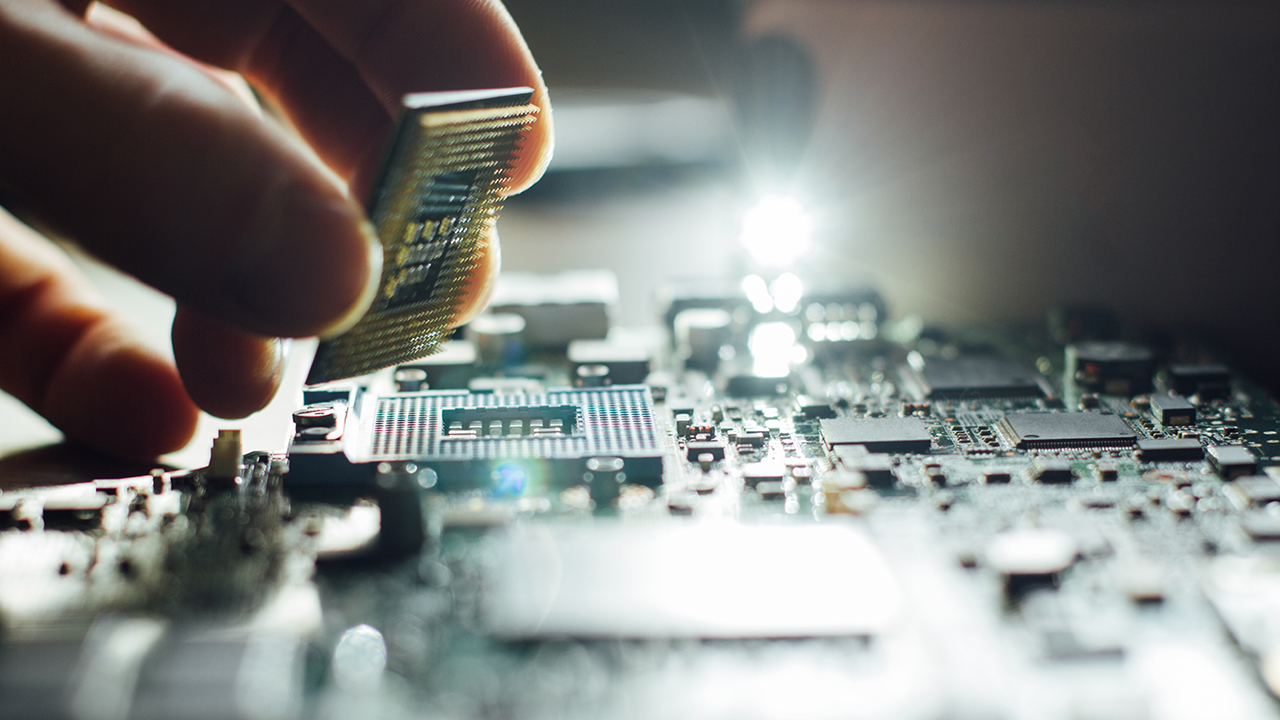
使用系统级模块的主要优势之一是电源效率,因为 SOM 允许使用 "电源域"。这意味着 SOM 可以处理应用程序的大部分处理工作,从而允许关闭或大幅降低 SOM 本身或底板上的大部分其余组件的功耗。
例如,开发人员可以设计降低功耗或关闭无线组件,甚至关闭不使用的 I/O。在多核或异构计算系统中,通常可以扩展这一原理,对单个 CPU 内核进行控制。另一个例子是模块外部的蜂窝调制解调器或内存。
虽然每项功率增益可能微乎其微,但如果将它们全部加起来,其总和就会变得非常可观。参见我们的 电源管理文件 了解更多相关信息。
接下来,我们将介绍利用 SOM 提高能效的一些具体机制。
DVFS
DVFS(动态电压和频率调整)是现代计算系统的一项功能,可根据实际系统负载自动调整 CPU 频率和电压。
在 Digi 解决方案中,可以使用预定义模板对每个 CPU 内核进行完全定制。
此外,DVFS 还可应用于 GPU(图形处理单元),进一步提高潜在的能效优化。
启动模式配置
另一个值得一提的是启动模式配置。传统的嵌入式系统在连接电源后就会立即完全通电。提供电源键有助于在系统不使用时大幅降低功耗。
Digi ConnectCore SOM 平台提供了一个配置选项,可从 "上电启动"(一接通电源就启动系统)切换到 "等待电源键"(只有按下电源键时才启动系统),反之亦然。您可以在我们的启动模式配置文档中了解更多信息。
睡眠模式和唤醒时间
启动模式与睡眠模式相辅相成,可使系统进入各种低功耗状态,并针对不同的使用情况提供不同的功耗水平。
这些低功耗模式通常可以通过软件或硬件配置来设置,通常可以通过应用程序或系统调用、按钮或类似功能来激活。
在自动售货机或停车计时器等许多应用中,需要快速从低功耗状态唤醒。在这些用例中,用户不必等到系统完全启动操作系统。
将系统暂停到自我刷新的 RAM 中,可以实现较短的唤醒时间和相对较低的功耗。
Digi 对 ConnectCore SOM 平台进行了优化,以实现几毫秒的超快唤醒时间。
电源管理考虑因素和权衡
与嵌入式产品开发的所有方面一样,需要考虑权衡利弊。睡眠模式和唤醒时间当然也是如此。例如,如果唤醒时间不是应用中最重要的因素,您可能会选择功耗最低的模式。
然而,在大多数应用中,仅仅降低功耗是不够的。通常情况下,你至少需要保留一个时钟来保存日期和时间,或者提供更多重新启动系统的选项,而不仅仅是连接电源。许多系统都提供断电或 RTC 模式,以尽可能低的功耗提供这种功能。
以下是这些考虑因素的一些实际背景和实际值,有助于说明其大小。基于恩智浦 i.MX 处理器的典型模块化系统在重负载(例如视频解码时)下的功耗通常约为 500mW,而在挂起至 RAM 时的功耗约为 10mW,在关机或 RTC 模式下的功耗不到 10uW。这是在最快的唤醒时间和最低的功耗之间做出的实际权衡,当然,你也可以根据需要将这两个选项结合起来。
管理唤醒事件
高效系统提供多个唤醒事件源,可用于从任何低功耗状态恢复运行。
最常见的唤醒源之一是具有中断功能的 GPIO,可通过外部元件进行切换。最简单的方法是使用按钮或开关,但也可以使用外部微控制器来实现更复杂的逻辑。
另一种非常常见的方法是使用实时时钟模拟定时器。
如果系统提供一个或多个篡改引脚(通常用于检测外部对系统的非法入侵,例如攻击者试图打开外壳),则也可将其用作唤醒源,使系统即使在低功耗状态下也能对安全漏洞做出反应。
电源管理技术和策略
只要有可能,利用系统中功耗最低的组件来执行电源管理任务不失为一种好方法。以下是一些值得考虑的策略:
- 许多开发人员增加了外部超低功耗微控制器,以 "外包 "电源管理。
- Digi 在 ConnectCore SOM 上增加了一个额外的低功耗控制器,我们称之为 "微控制器辅助 "或 MCA,它位于实际处理内核之外,可用于电源管理。例如,MCA 提供 GPIO、篡改引脚和串行端口作为额外的唤醒源。可以将系统配置为通过 MCA 串行接口输入的魔法词唤醒。
- 电源键是我们之前讨论过的一个有用的功能,因为它提供了使用不同启动模式的选项。
- 局域网唤醒--作为通过网络远程唤醒系统的一个选项--在许多系统上都可以使用,与串行接口类似,使用一个魔法词、模式或任意数据来恢复正常运行。
- 最后,使用无线技术从低功耗状态唤醒在许多系统中仍不常见,因为它需要系统的射频组件以某种方式供电。Digi 最近在其设备上加入了蓝牙唤醒功能,这为唤醒源列表增添了新的亮点,为应用程序与在低功耗状态下运行的设备进行交互提供了更多选择。
这些功能中的大多数通常需要通过命令行访问较低级别的系统,或者至少需要在操作系统级别进行配置。
用户友好的IoT 系统应提供一种机制,允许开发人员在其应用程序代码中使用电源管理功能。
Digi 在其操作系统产品中增加了一个名为 APIX 的编程接口,允许程序员访问系统的许多嵌入式硬件接口,此外,这套 API 还提供了对电源管理功能的高级访问。
例如,可用于控制 CPU 和 GPU 频率、禁用和启用 CPU 内核、设置温度管理模板等。
电源管理的可扩展性考虑因素

在电源管理和效率方面,还有一点值得一提,那就是系统的可扩展性。如果使用IoT 解决方案,可以轻松地从低功耗、低性能设备扩展到高性能设备,那么就有可能为特定应用实现最节能的方案,并在未来增加产品功能或进一步优化效率。
如今,许多计算解决方案都提供异构架构,具有不同性能和消耗水平的多个 CPU 内核,如 ARM Cortex A、Cortex M 等,可根据需要单独供电。这使得系统实现非常高效。
理想情况下,这种系统中的软件产品可以利用这一硬件优势进行优化。这就引出了对 Digi 高度集成、可扩展解决方案的讨论。
来自 Digi 的嵌入式解决方案
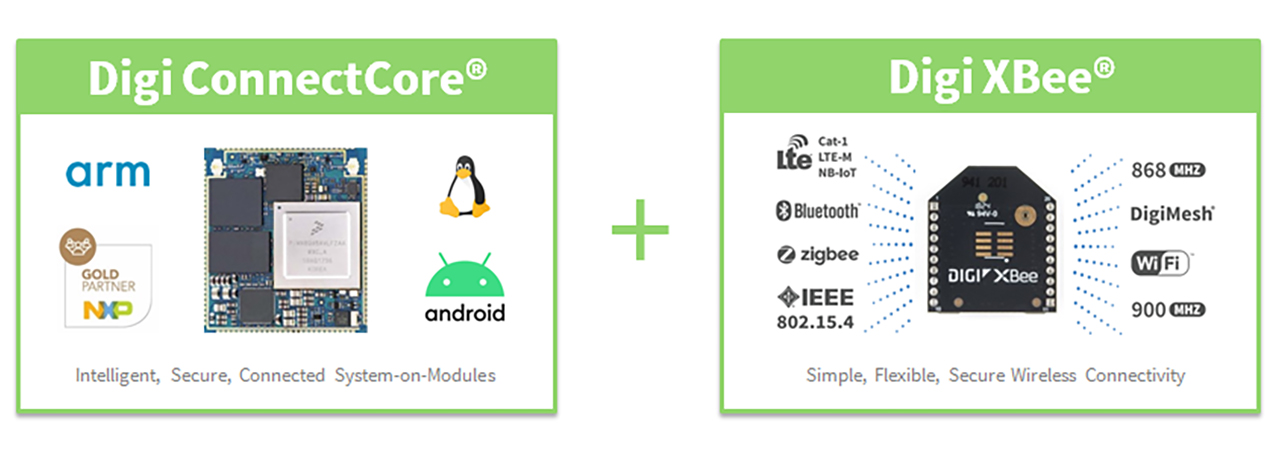
Digi 的 OEM 解决方案业务部门提供各种嵌入式解决方案,包括
为确保提供市场上最前沿的解决方案,Digi 与恩智浦、微软 Azure 和 AWS 等领先企业合作,向市场推出更完整的解决方案。
Digi 的与众不同之处
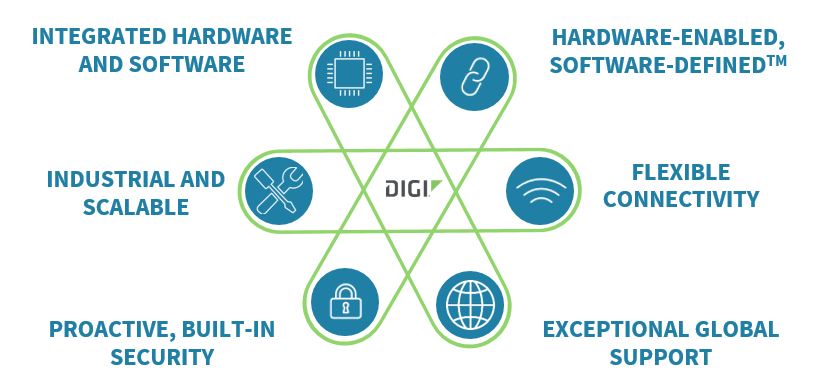
Digi 的使命是简化和 加快安全联网设备的开发、部署和管理我们的解决方案采用 "硬件支持,软件定义 "的系统集成方法。我们的解决方案基于这些关键战略:
- 我们提供适用于 -40 至 +85 摄氏度工业温度的工业级硬件。这些解决方案经过精心设计和测试,可在要求苛刻的恶劣环境中可靠运行。我们使客户能够从单核设备扩展到具有通用外形尺寸的四核高性能设备,所有这些设备都由我们通用的 Digi Embedded Yocto 和 Android 软件平台提供支持。
- Digi 在安全方面进行了大量投资,我们提供了一个名为Digi TrustFence® 的全套生产就绪安全功能框架,使客户能够构建安全的连接设备,而无需为在产品中构建安全功能而付出额外的成本或时间。
- Digi SOM 完全集成了Wi-Fi 和蓝牙连接功能,它们还与我们的 XBee 模块系列集成,提供了更大的灵活性,广泛支持领先的IoT 标准,如 LTE 蜂窝、网状网络和长距离 sub-GHz。
- 作为所有硬件产品的补充,我们还提供软件和服务,包括基于云的设备管理和IoT 通信平台Digi Remote Manager®。
- 我们还拥有全球支持团队和内部无线设计服务部门,为全球开发人员和原始设备制造商提供帮助。
联系我们,开始对话。Digi 专家可以帮助您确定满足应用要求的正确解决方案。